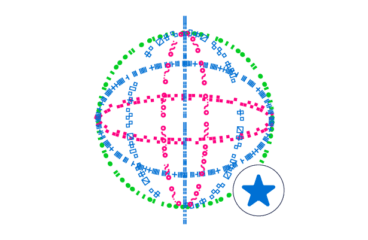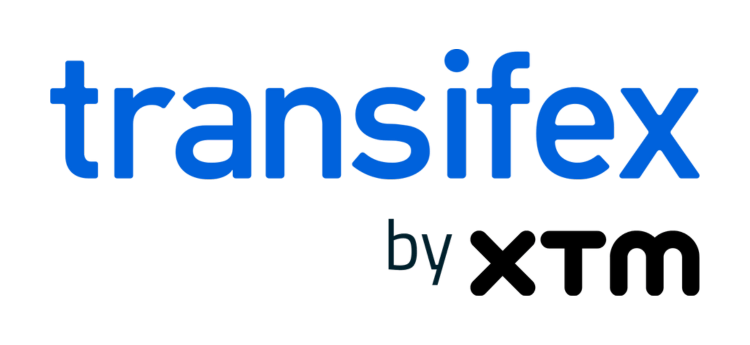

Understanding the Technical Aspects of Travel Localization
As a company in the travel industry, understanding the importance of localizing your content is a vital first step to reaching your global audiences. Next, you must understand all the steps and elements to keep in mind when taking your content global. After, you can get start getting into the nitty gritty details of making sure your global content is optimized for reach and engagement. Whether you are a travel company owner, localization manager, translator, or developer, understanding the technical aspects of travel localization is what will separate your localization efforts from the rest.
In this post, we break down all of the technical aspects to understand as you localize your travel content.
1. Optimize for multilingual SEO.
First up on the global content technical checklist is making sure your website is optimized for multilingual SEO. To do so, you must understand global search engines; Google is very popular in the United States, but cross into another country and it’s not necessarily the search engine of choice. For example: Korea uses Naver, China uses Baidu, Japan uses Yahoo! Japan, and Russia uses Yandex. Limiting your multilingual SEO strategy will limit your exposure to a large international customer pool.
Also keep in mind that good SEO is more than just the content on the page. Your image alt tags, titles and keywords must also be in your target language. Pay attention to URL structure – country code top-level domains (ccTLD) such as .it (Italy) or .de (Denmark) or .tw (Taiwan) or .uy (Uruguay) tell search engines which country a website is designed for.
2. Get to know hreflang.
If your website is localized into more than one language, you should get to know hreflang. Hreflang is an HTML tag that goes into the <head> section of the page’s source code and is used to tell Google and other search engines the language used on that specific page. Search engines use the hreflang tag to redirect the visitor to the page in the right language. Here are some examples:
- Different URLs with the same language
- Google US: <link rel=”alternate” hreflang=”en-us” href=”http://us.example.com”>
- Google Australia: <link rel=”alternate” hreflang=”en-au” href=”http://www.example.com/au/”>
Note: Because marketing content often runs though different teams before being launched, it’s important to have a smooth localization workflow. A smooth workflow is one where there are no files that need to be sent back and forth, and it’s relatively easy to communicate with your translator.
3. Sweat the marketing details.
Your online presence is your first touchpoint with new global consumers, so it’s important to make sure you are putting your best foot forward. Here are some of the aspects you should be prioritizing to let your international audiences know that you understand them.
- Font styles – If you use multiple font styles and weights in your content, you will probably need to make sure that the font you select supports these styles in multiple languages. Character-based languages — such as Japanese, Korean and Chinese — are known to be difficult to support, because these languages have so many characters and many fonts often only offer a limited number of choices. The new Adobe and GoogleNoto Sans CJK font — an Open Source font for Chinese (both Simplified and Traditional), Korean, and Japanese — offers the most choices with seven different weights!
- Language direction & character size – Not every font works for languages that read right to left or vertically, and you may be required to use multiple fonts across your localized website. Furthermore, character-based languages are often difficult to read when displayed in the same font size as English text. You may need to increase the default font size on your localized website to accommodate this font difference.
- Diacritical marks – In many languages, words have completely different meanings when they have a diacritical mark (such as an accent, cedilla, or circumflex). For example, in Italian an accent is the difference between “and” (e) and “is” (è); and in French, pêcher means “to fish” while pècher means “to sin.” If these markers are not displayed, the whole meaning of your content could change, and it can drastically impair your content’s readability. The font you choose needs to be able to support these marks.
More Localization Tips & Insights for Your Travel Business
The bottom line: Companies at the heart of the travel industry – airlines, hotels, online booking and review sites – are required to become more global. It is because of this go-global mentality and growth, that localization of content (websites, apps, marketing messages, emails, etc.) will become a more critical part of growth and should be a pillar of a strong business.
Looking for some more actionable steps for taking your travel website global? Check out our #TravelLocalization series, built to equip everyone in your localization process – from developers to localization managers – with the knowledge and resources necessary for achieving translation and localization success. Explore the full series to learn everything you need to know for translation success:
- Why Travel & Hospitality Companies Must Localize Their Content
- 3 Localization Must-Knows for Travel Companies
- How to Localize Your Travel Website & Mobile App
- 4 Elements to Keep in Mind When Localizing Your Travel Content
Get The Complete Guide to Travel Localization
In today’s global world with rising rates of tourism and increased wanderlust amongst the generations with the highest purchasing power, it’s important to understand how to connect with your travel audiences across the world. Whether your travel, tourism, review or hospitality company does business overseas or strictly within your own borders, you can set yourself apart from competitors with effective localization. In our latest Travel & Hospitality Localization Guide, learn all the fundamentals of travel localization – from how to invest in it and critical elements to be aware of when marketing to multilingual audience, to how your travel company can effectively localize across websites, mobile apps, and other digital content.
Download the complete Travel & Hospitality Localization Guide today to learn how to take your travel-related company global.








